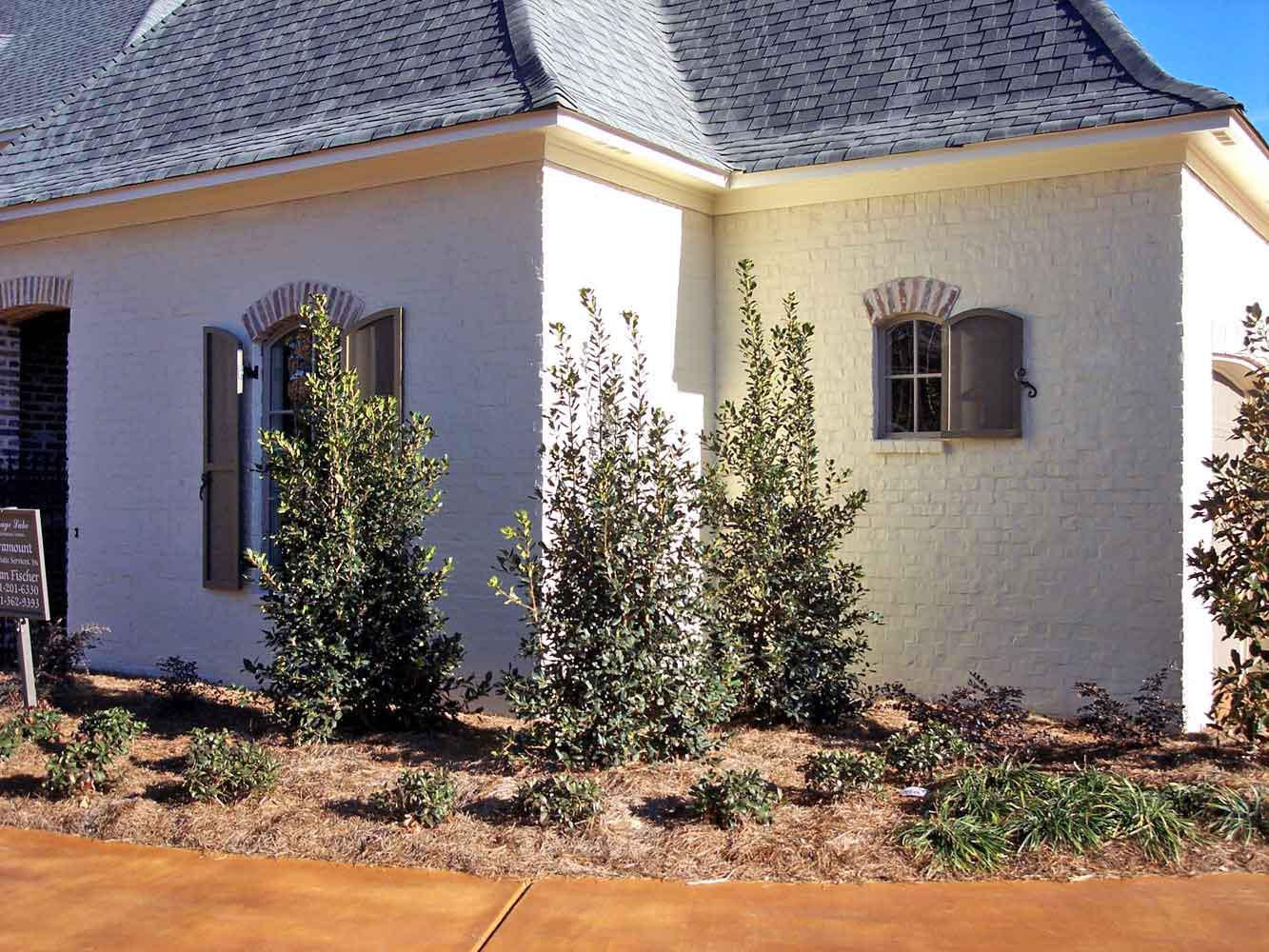Information Possibly Outdated
The information presented on this page was originally released on December 22, 2005. It may not be outdated, but please search our site for more current information. If you plan to quote or reference this information in a publication, please check with the Extension specialist or author before proceeding.
Nellie R. Stevens yields elegance in form, stature
By Norman Winter
MSU Horticulturist
Central Mississippi Research & Extension Center
This is one of the plants where legends have been passed down. The word, holly, is believed to be derived from holy, for in several parts of Europe sprigs were used in decorating to commemorate the birth of Christ. The legend continues that the berries were yellow, but being part of the crown of crucifixion, were stained with the wounds of Christ and have since remained red.
Another legend supposedly began in 1900. That was the year Ms. Stevens got seed from a Chinese holly at the U.S. National Arboretum outside Washington, D.C. These seeds were planted and three of the seedlings became named plants, including the most famous of all, the Nellie R. Stevens holly.
The Nellie R. Stevens holly is a cross between the English holly, Ilex aquifolium, and the Chinese holly, Ilex cornuta. This holly was introduced 1954, and in the 51 years since has become the most important selection in the trade. It is rugged, durable and exquisite in both beauty and form. It offers everything you could want: glossy leaves, red berries and a classic Christmas tree shape.
This is an ideal shrub for those desiring a backyard wildlife habitat. The berries are tasty to birds and the structure of the plant is ideal for nesting by cedar waxwings, mockingbirds and robins.
The Nellie R. Stevens can reach 20 feet tall and around 18 feet in width at maturity. In our area though, they are most commonly 10 to 15 feet tall. One other thing that has made the Nellie R. Stevens so popular is its wide adaptability to soil pH. It is the most recommended holly in Texas where many others develop a chlorosis from alkaline conditions. It can grow anywhere as long as the soil is well drained.
This holly deserves to be planted in a prepared fertile bed, not mixed with turf but incorporated with other shrubs. Several of these hollies can be the bones or foundation for a home's landscape.
Try grouping them in odd numbered clusters of three or five and surround with azaleas or cleyeras. Repeat these plantings in the landscape, planting redbuds and dogwoods in between the groups. Use them at corners to naturally lengthen the front of your home.
Though these are tough, persevering shrubs, they do need water to get established at your home. During the first year make it a practice to train them to go deep with their root expansion by watering deep but infrequently.
Feed your hollies a light application of an 8-8-8 fertilizer about a month after transplanting. Feed established plantings in April and August. The last application is even more important for hollies with large berry crops. Though the Nellie R. Stevens has a beautiful Christmas tree or conical shape, a yearly pruning will help maintain this habit.
As you travel around during the holiday season, keep your eyes open. You will see the finest landscapes are those that have the Nellie R. Stevens holly.



